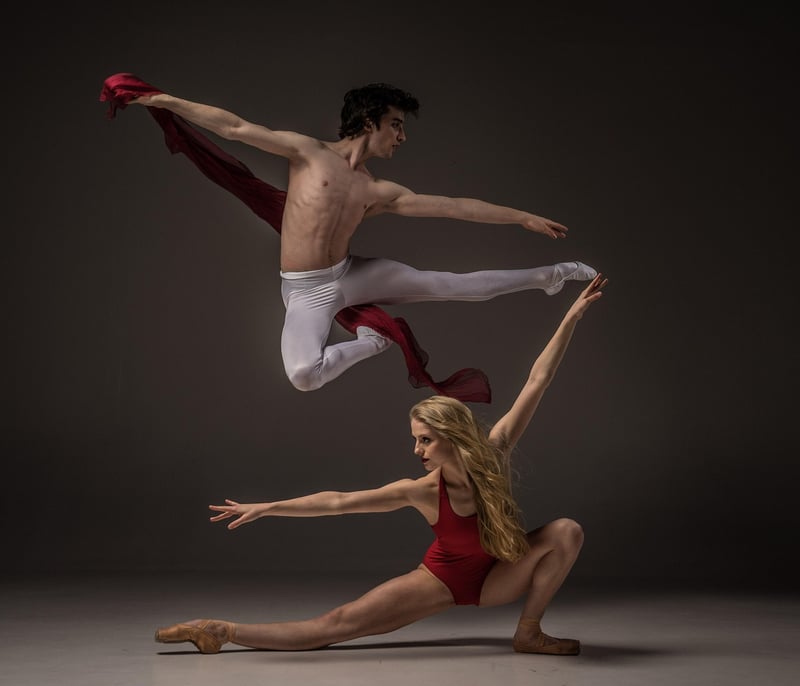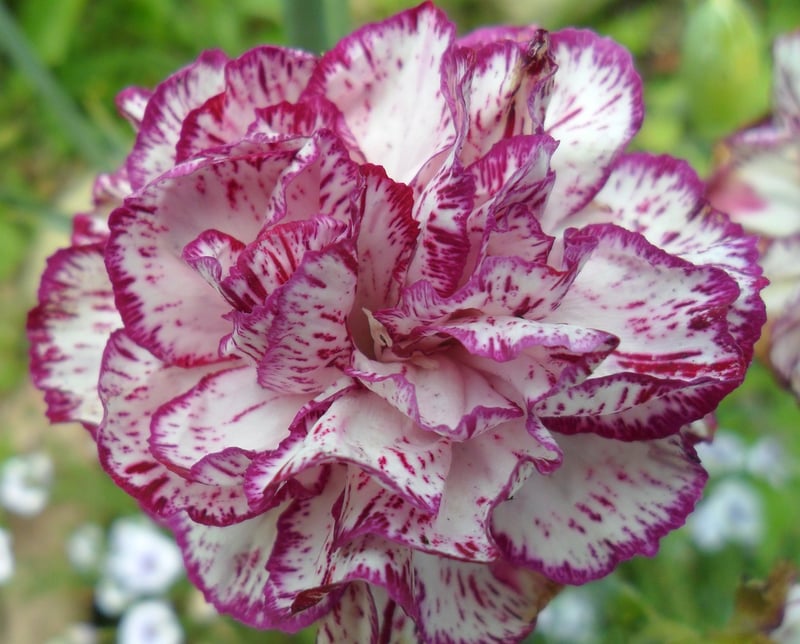Salsa
The Art of Expressive Movement in Salsa Dancing
Salsa dancing is a vibrant and energetic dance form that originated in the Caribbean and Latin America. It is known for its fast-paced footwork, sensual hip movements, and infectious rhythms. One of the key elements that make salsa so captivating is the expressive movement that dancers incorporate into their routines.
Express Yourself on the Dance Floor
Expressive movement in salsa allows dancers to convey emotions, tell stories, and connect with their partners and the music on a deeper level. It involves using body language, facial expressions, and styling to enhance the dance and create a captivating performance.

Key Elements of Expressive Movement
- Body Isolation: Salsa dancers master the art of isolating different parts of their body, such as hips, shoulders, and arms, to create fluid and dynamic movements.
- Facial Expressions: Smiles, eye contact, and expressions of joy or passion add depth and emotion to the dance, enhancing the connection between partners.
- Styling: Dancers can personalize their movements by adding spins, dips, shines, and other embellishments that showcase their individual style and personality.
Connecting with the Music
In salsa dancing, the music is the driving force behind every step and movement. Dancers use the rhythm, melody, and lyrics to interpret the music and express themselves through their dance. Connecting with the music allows dancers to infuse their performance with emotion and authenticity.

Let Loose and Have Fun
Expressive movement in salsa is not just about technique; it's about letting go of inhibitions, embracing the music, and enjoying the moment. Whether you're a beginner or an experienced dancer, don't be afraid to express yourself on the dance floor and connect with your partner through the joy of salsa.
So next time you hit the dance floor, remember to add a touch of expressive movement to your salsa dancing and watch how it elevates your performance to a whole new level!
